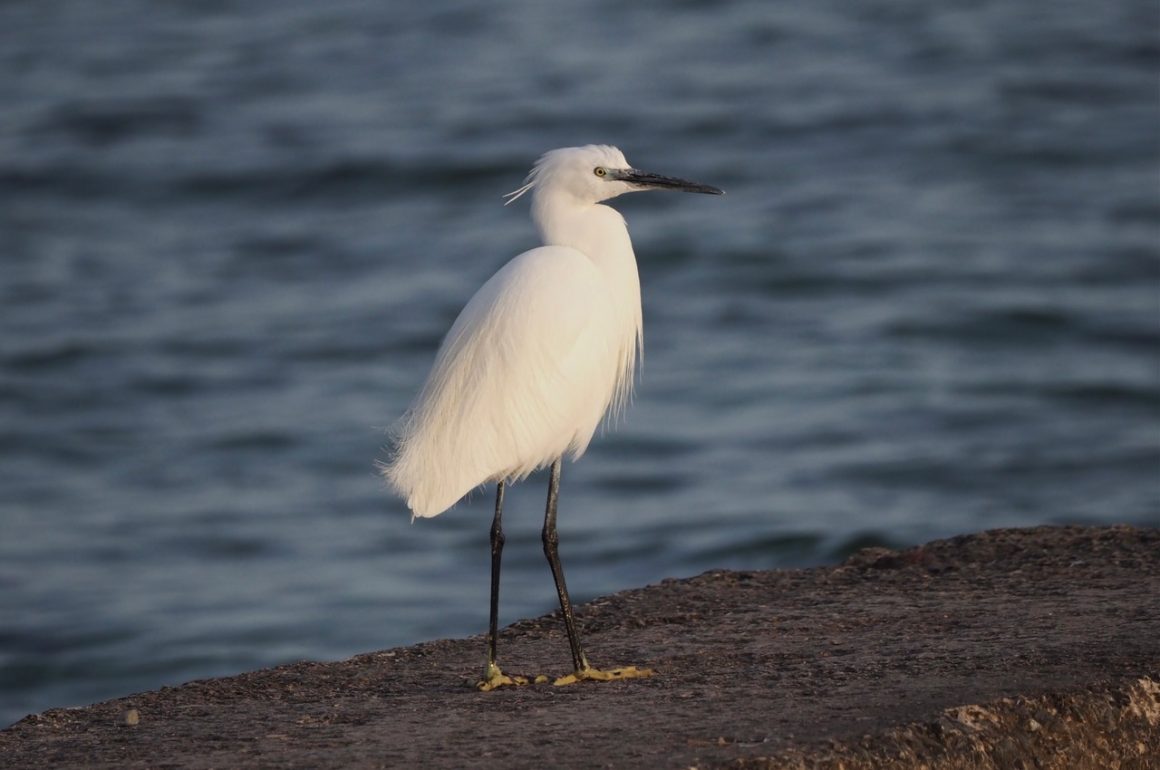
For many years the Balearic island of Mallorca was the most popular overseas destination for British birdwatchers, sampling the delights of Mediterranean birding for the first time. It was a cheap and easy destination to fly to from the UK, there was an abundance of inexpensive accommodation, and the birds were numerous, exotic (at least by British standards) and easy to see. The beer was cheap, too.
Despite this, until this year I had only visited the island twice, both on business trips in the 1980s. One of these visits was as a guest of Zeiss, the German optical company having generously invited me (and a few other birding journalists) out to the island to try its binoculars in the field. The visit was brief, with just two nights, based in Polença in the north-east of the island. I do recall seeing lots of birds, ranging from Black Vultures to Little Bitterns and Moustached Warblers. The binoculars were equally impressive, so much so that for many years afterwards I used a Zeiss 7×42, a beautifully balanced binocular with great light gathering and a very wide field of view.
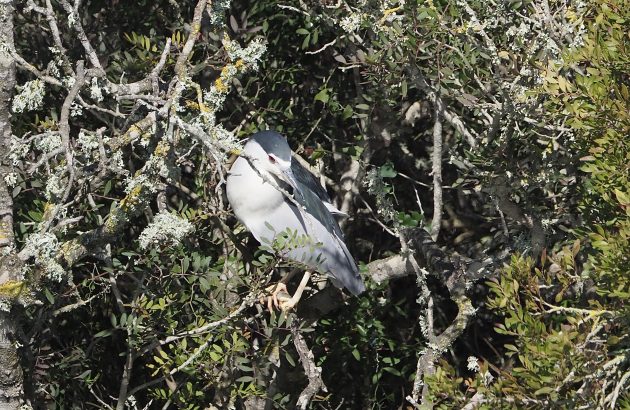
A roosting Black-crowned Night Heron, not a bird I was expecting to find in February
My visit this year was prompted more by the prospect of warm sunshine than anything else: the birds were a bonus. The weather didn’t disappoint, during 10 days on the island there was only one morning of rain, and on most days the sun shone and the temperature reached 14 or 15degC (that’s around 60degF for American readers). At home it struggled to get much above freezing for the whole time I was away, so it was a good time to escape.
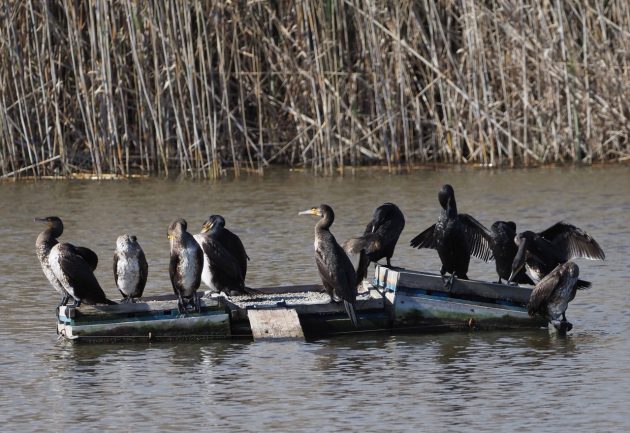
A crowd of Cormorants, photographed at the Parc Natural de S’Albufera. These birds are common winter visitors to Mallorca
As for the birds, well, they didn’t disappoint either, though they were neither as abundant nor as easy to see as I’d hoped. I stayed in the town of Alúcida in the north-east, chosen because it was close to two wetland reserves, the Parc Natural de S’Albufera to the south, and Albufereta Natural Reserve to the north. The former covers 2000 acres, and is a remnant of the extensive freshwater marshes that used to be found here. Large-scale reclamation and drainage started in the 19th century, with one of the aims the eradication of malaria. The marshes that survive today are thanks to the Balearic government finally realising their ecological importance. Today the Parc is well organised, with a smart reception centre, Sa Roca, gravel paths and a number of hides. Entrance is free, but you have to get a permit from Sa Roca when you arrive, and the Parc doesn’t open until 9am.
Early February is not the best season to find birds at S’Albufera, but even so I did see a good selection of species during my visit, ranging from Black-crowned Night Herons to Purple Swamphen and Red-knobbed Coots. The former were a surprise, as Night Herons are mainly summer visitors to Europe, but a small number now overwinter. The Red-knobbed Coots were amusing, as they were ridiculously tame. These coots are principally an African species, and have always been very rare in southern Spain, their only European site. For some years now efforts have been made to establish these birds in Mallorca, and I suspect that the two birds I encountered had been hand reared.
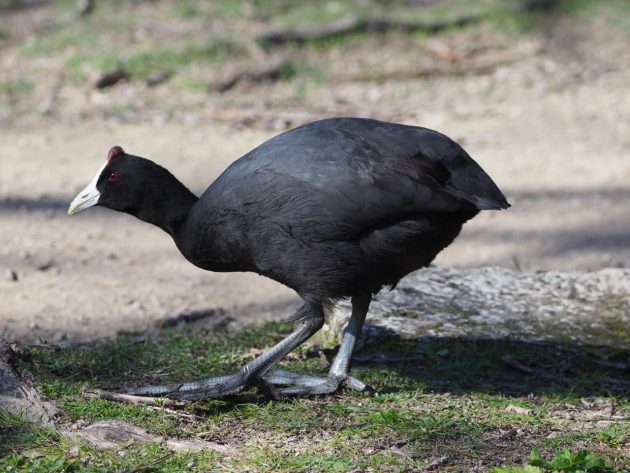
Red-knobbed Coot
S’Albufera is noted for its wintering wildfowl, but I only saw small numbers of Shelduck, Wigeon and Teal, along with the resident Gadwall, Mallard and Red-crested Pochards. The latter are one of my favourite ducks, so it was good to see a flock of around 20, most of which were already paired up.
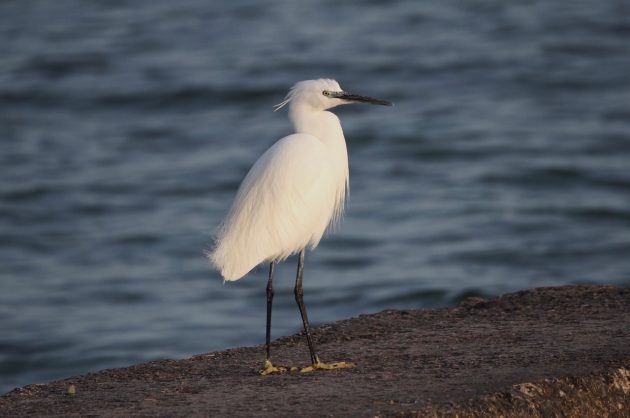
Little Egret, already in full breeding attire in early February. A common bird on the island
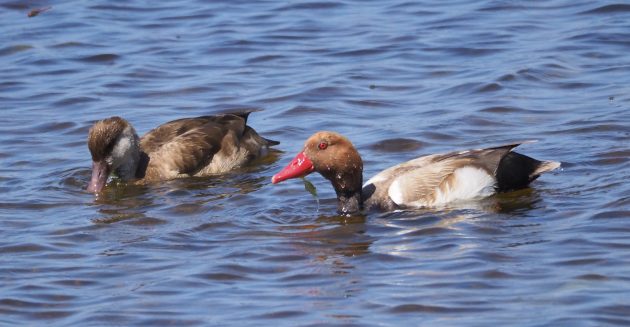
A pair of Red-crested Pochards
missed seeing one of S’Albufera’s specialities, Moustached Warbler, probably because I didn’t put sufficient effort in. The birds are resident, and S’Albufera is famous as one of the best sites to see this elusive species in Europe. It’s a non-migratory warbler.
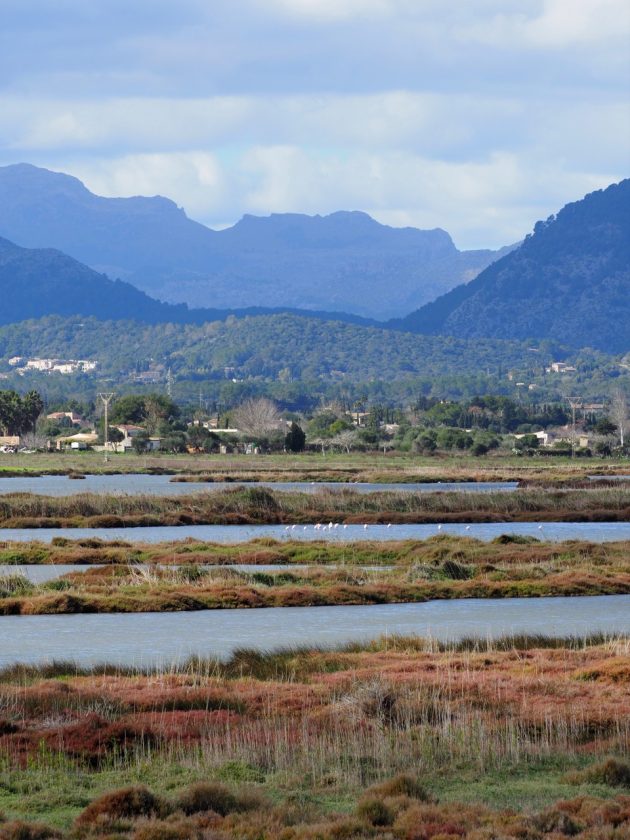
The Albufereta Natural Reserve, with the Tramuntana Mountains behind
The Albufereta is, in many ways, a smaller version (521 acres) of S’Albufera, and it also has hides, but no reception centre, only information boards, while in February it wasn’t attracting any human visitors (other than me), just birds. This was the only site on Mallorca where I encountered Greater Flamingoes, while a surprise find here was a White-cheeked (Bahama) Pintail, consorting with half a dozen Northern Pintails. As this is South American duck it was hardly likely to have flown here, but it was interesting to see.
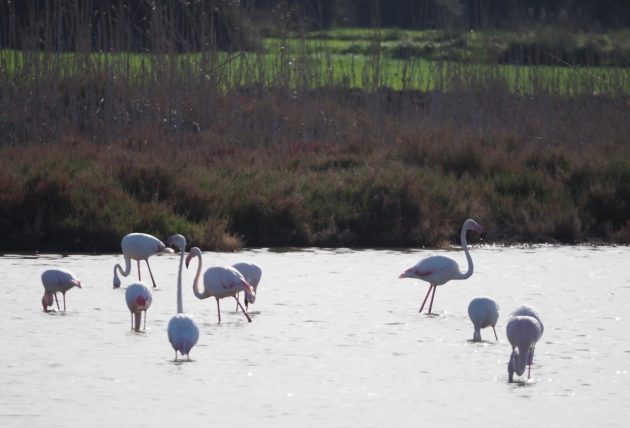
Greater Flamingoes: frustratingly, they failed to come any closer to the camera
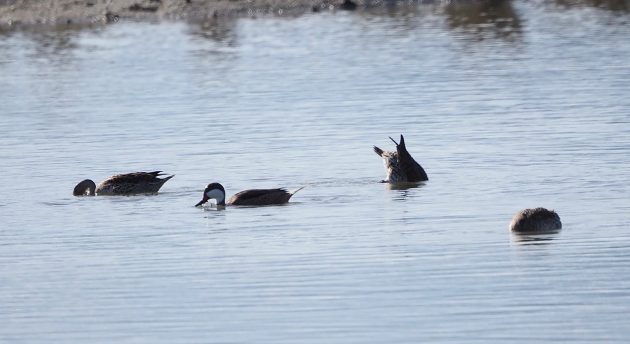
A surprise sighting: a White-cheeked Pintail (with Northern Pintails)
There was a good variety of herons and egrets: Grey, Great White, Cattle and Little, while an unexpected find was a single Squacco Heron that eBird got rather excited about, as it was out of season. Over-wintering is apparently rare, with the first birds not usually returning from the wintering grounds in Africa until March. My sighting was on 11 February, so was this an early migrant or a bird that stayed here all winter?
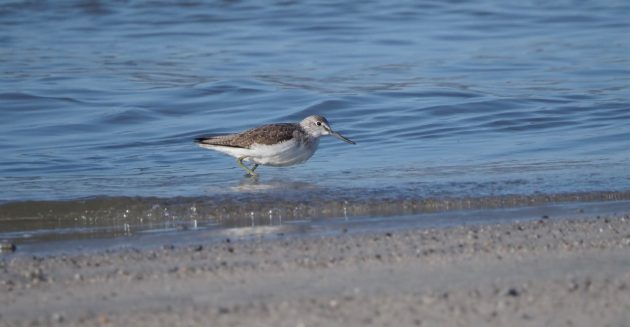
Greenshank, on the shore of the Albufereta
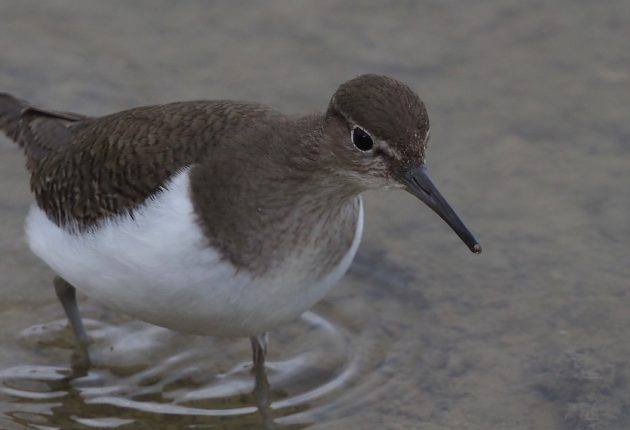
Green Sandpiper – it came much too close to the hide, filling the frame of the camera
There were a few shorebirds to see, too. These included half a dozen Black-winged Stilts, another bird that is predominately a summer visitor, but which overwinters in small numbers. I also noted a couple of Greenshanks and Green Sandpipers, two or three Kentish Plovers and a fine flock of 17 Stone Curlews. The latter breed on the island, but numbers are augmented in winter by birds from the north.
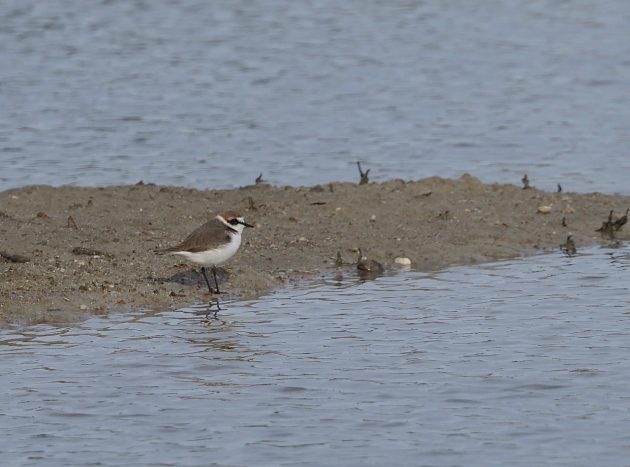
Kentish Plover, a Mallorcan resident. Unlike the Green Sandpiper, it stayed well away from the hide
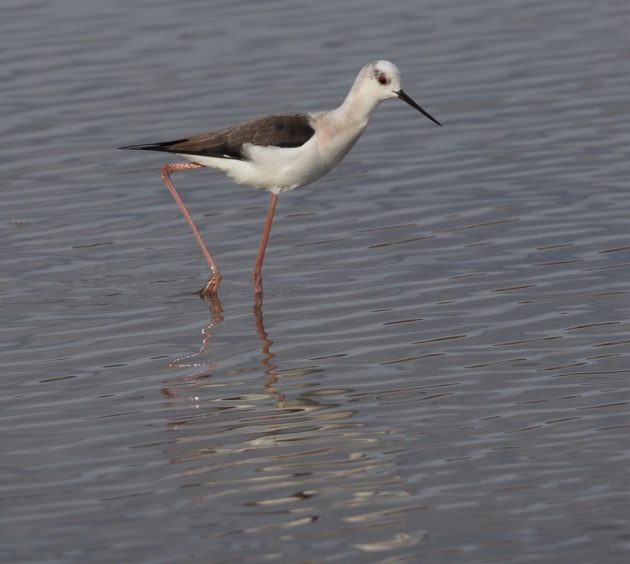
An overwintering Black-winged Stilt
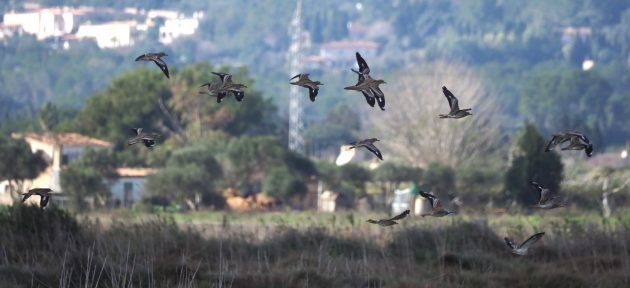
A flock of Stone Curlews
I’ve yet to see a Kingfisher in England this year, so I was delighted to be able to watch one here. Kingfishers don’t nest on Mallorca, but are relatively common wintering birds. Wetland birding on the island is certainly productive, as I discovered, but the island has a lot more to offer the visiting birder.
(Next week I will describe some of the other ornithological delights of Mallorca, from Black Vultures to Black Redstarts, plus my quest to see the two endemics, the Balearic Shearwater and the Balearic Warbler.)


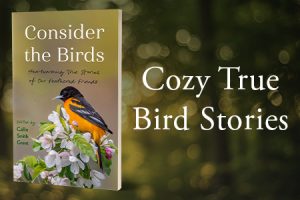



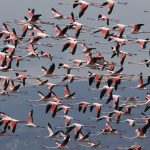


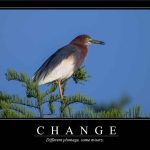

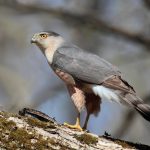
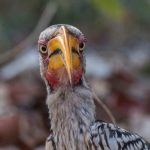
Cheap beer. All I needed to know. Seriously, looking forward to the next installment.